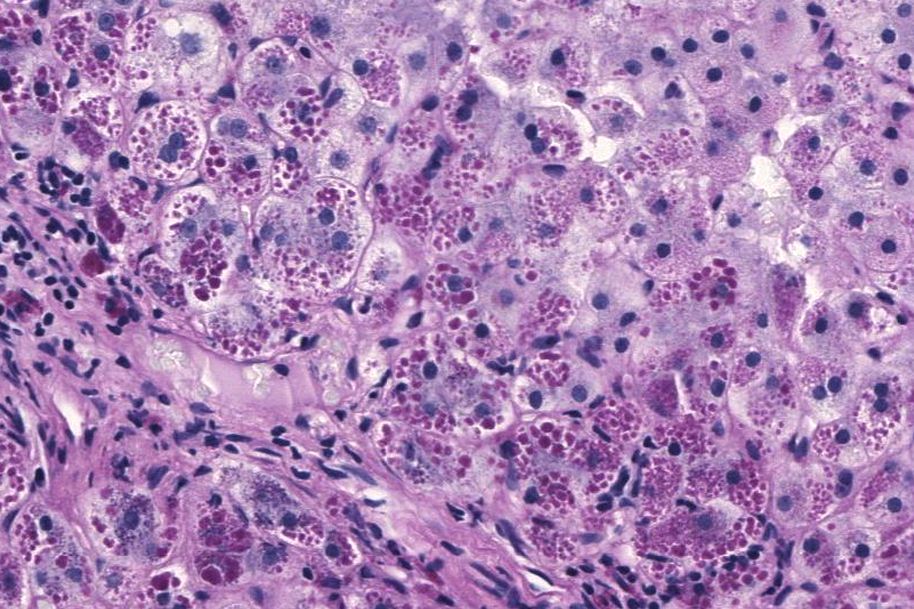
Categories:
Tags:
aladdinaladdin creationsalcohol solutionsAlpha-amylasecolourlessdecolourizationdiastasedisaccharidedistilled waterenzymeglycogenglycolipidsglycoproteinsglycosidic bondshistologyhydrochloric acidHydrolysismagenta colourmaltosemedical laboratory sciencemucinsoxidizesPAS - DiastasePeriodic acid Schiffphosphate bufferpink coloursodium metabisulfiteSodium phosphatespecial stainsWhatman filterα-amylase





No responses yet